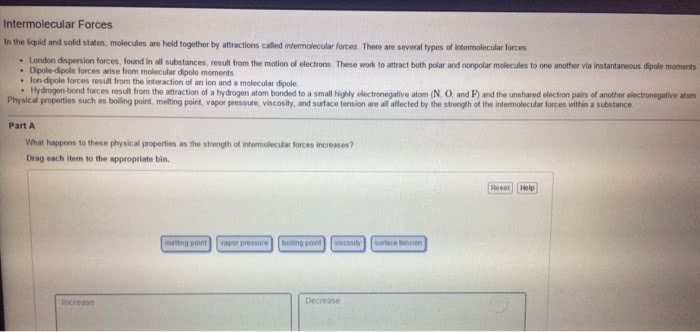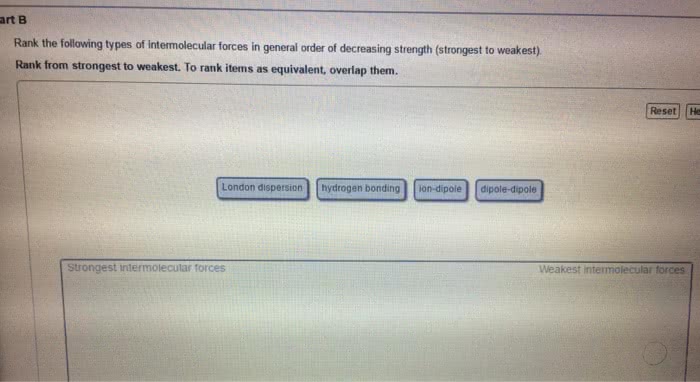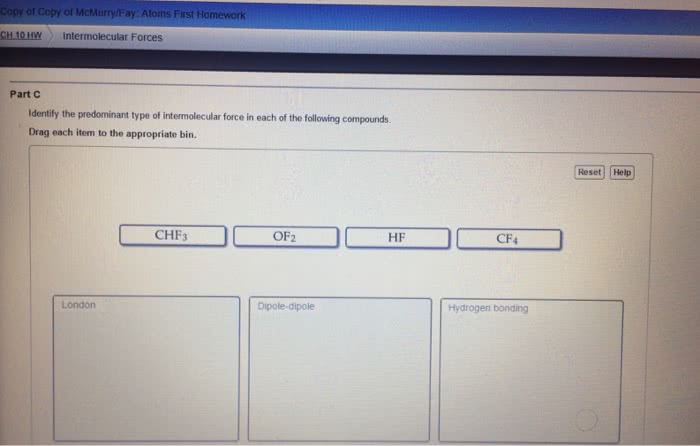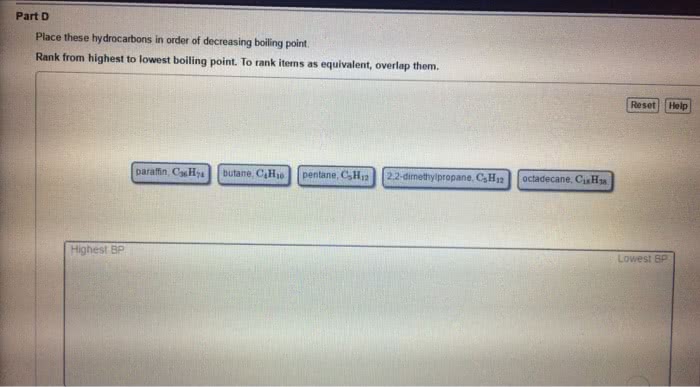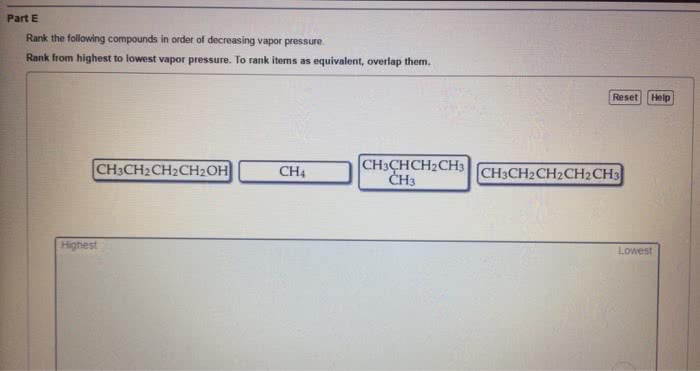The following table presents the solubilities of several gases in water at 25 °C under a total pressure of gas and water vapor of 1 atm. (a) What volume of CH4(g) under standard conditions of temperature and pressure is contained in 4.0 L of a saturated solution at 25 °C? (b) Explain the variation in solubility among the hydrocarbons listed (the first three compounds), based on their molecular structures and intermolecular forces. (c) Compare the solubilities of O2, N2, and NO, and account for the variations based on molecular structures and intermolecular forces. (d) Account for the much larger values observed for H2S and SO2 as compared with the other gases listed. (e) Find several pairs of substances with the same or nearly the same molecular masses (for example, C2H4 and N2), and use intermolecular interactions to explain the differences in their solubilities.


The corresponding volume is

b) All three molecules are nonpolar and form very weak interactions with the water molecules. The solubility of ethane is higher that the solubility of methane as ethane is more massive molecule and forms stronger dispersion forces with the water molecule. Ethene is the most soluble gas as the C atoms in ethene are planar, sp2 hybridized, and there are π electrons in the orbitals perpendicular to the carbon atoms. π electrons are less tightly held by the nucleus than σ electrons, allowing the dipole of water molecule to disturb the electron density more easily, leading to stronger dipole-induced dipole interactions.
c) The molecular weight is similar for three gases. O2 and N2 are nonpolar gases, but more water molecules surround O2 as it is larger molecule. The O–O bond (double bond) is longer than N–N bond (triple bond). The water attracts nonpolar gases through the weak dipole-induced dipole interactions. NO is the most soluble gas as it has polar bond and the overall molecule is polar as it is linear structure. Water dissolves it via stronger dipole-dipole interactions.
d) H2S is capable to form weak hydrogen bonds with the water molecules, and these interactions are much stronger than dipole-dipole and dispersion forces. SO2 is even more soluble in water as it reacts with the water forming H2SO3. The very high values for the solubility of gas are the sign that the gas chemically reacts with the solvent.
d) N2 and CH4. Solubility of N2 is lower as N2 is smaller molecule than CH4 and less hydrated.
NO and C2H6 have similar water solubility. NO is more soluble than ethane and form dipole-dipole interactions, but the dispersion forces of ethane and water are stronger than dispersion forces between NO and water as ethane is larger, more polarizable molecule. The sum of all intermolecular interactions is similar for these two gases, leading to the similar water solubility.
NO and O2. NO is more soluble as it is polar molecule and form stronger intermolecular forces with polar solvent molecules compared to nonpolar O2 molecule.


